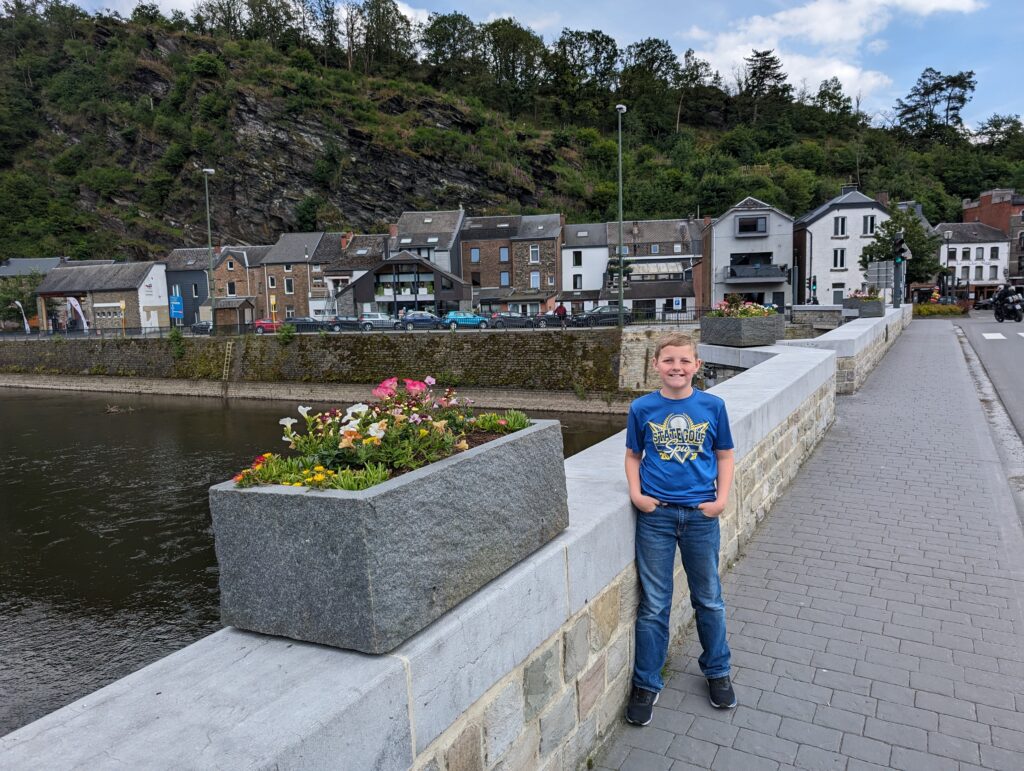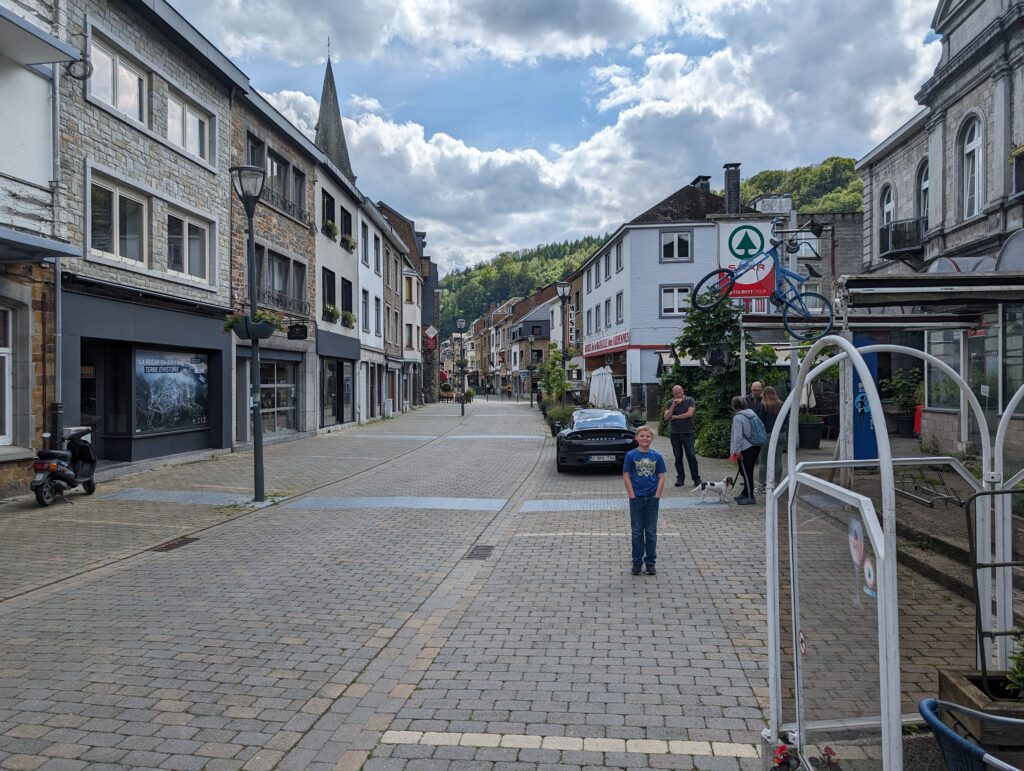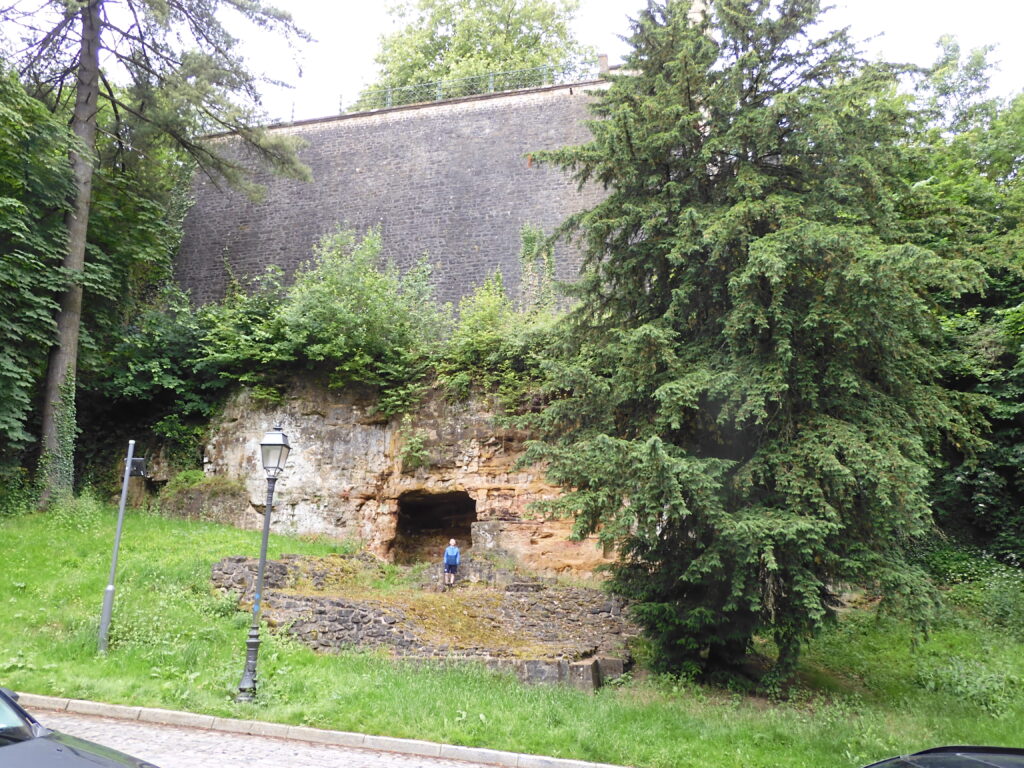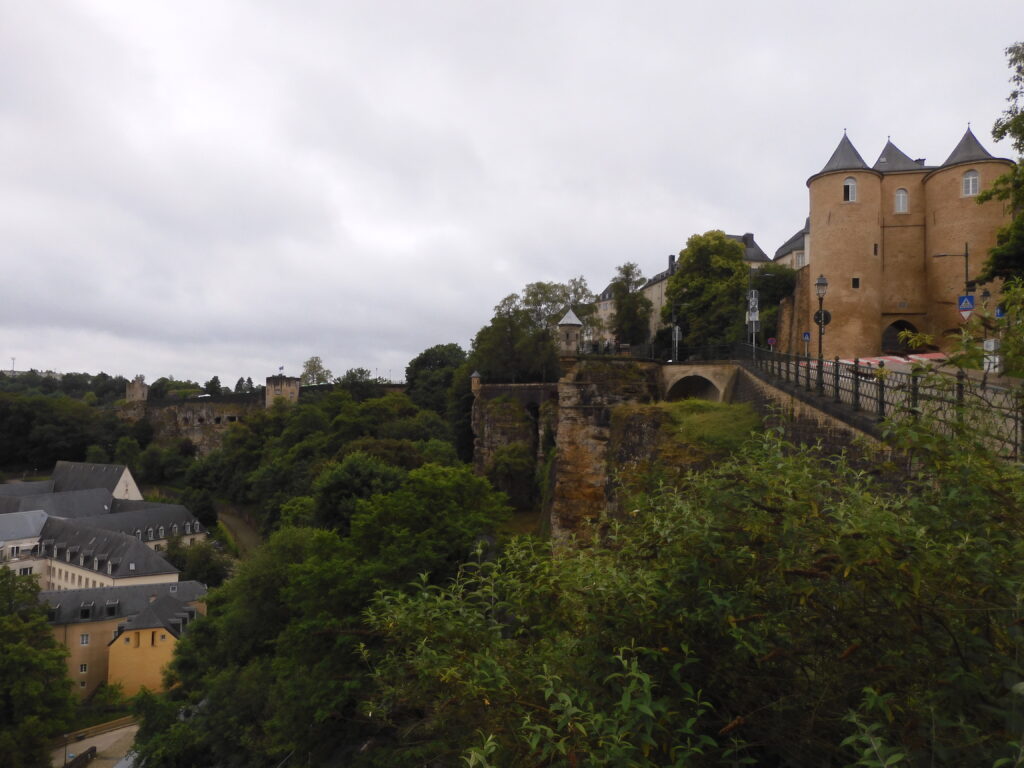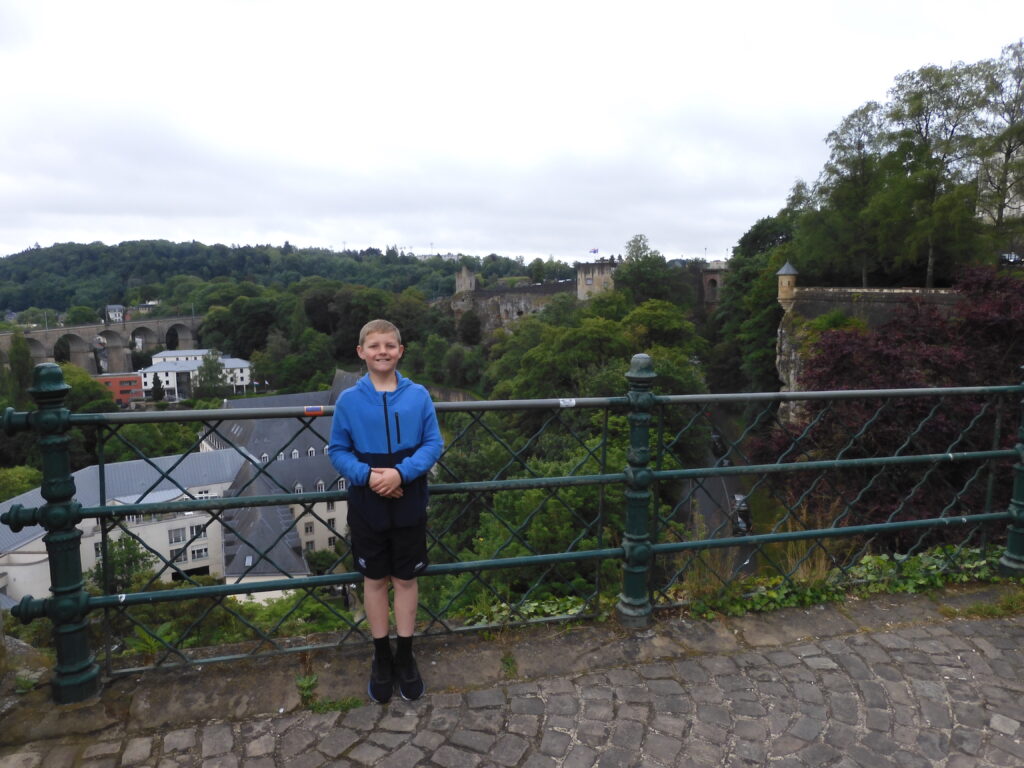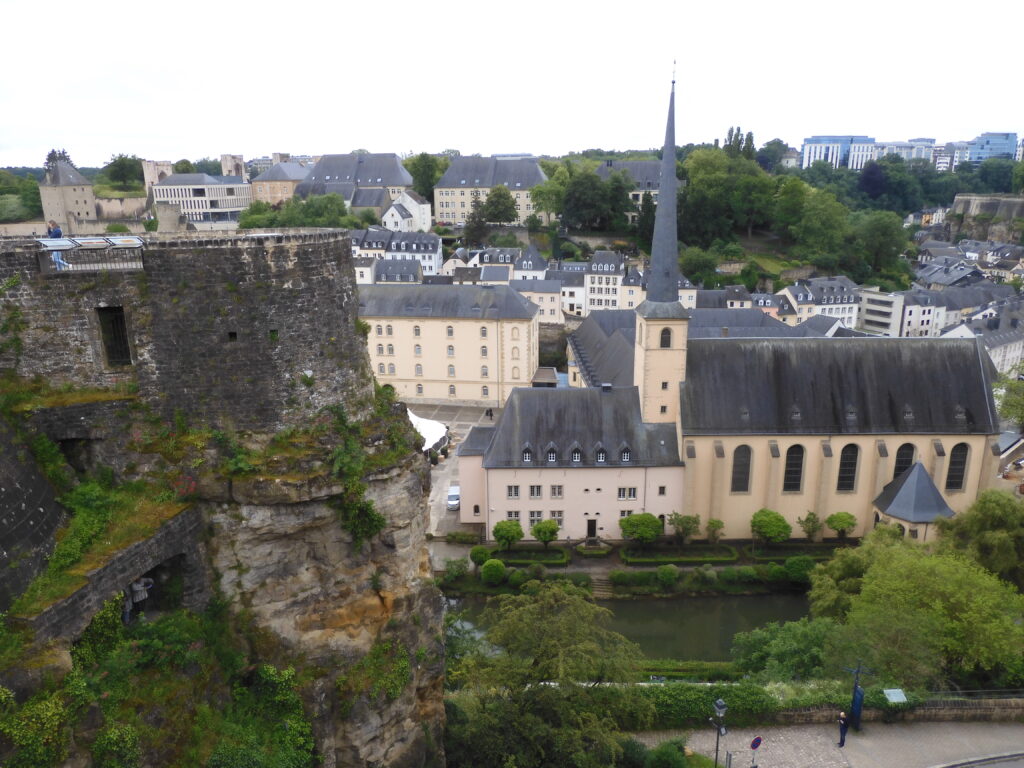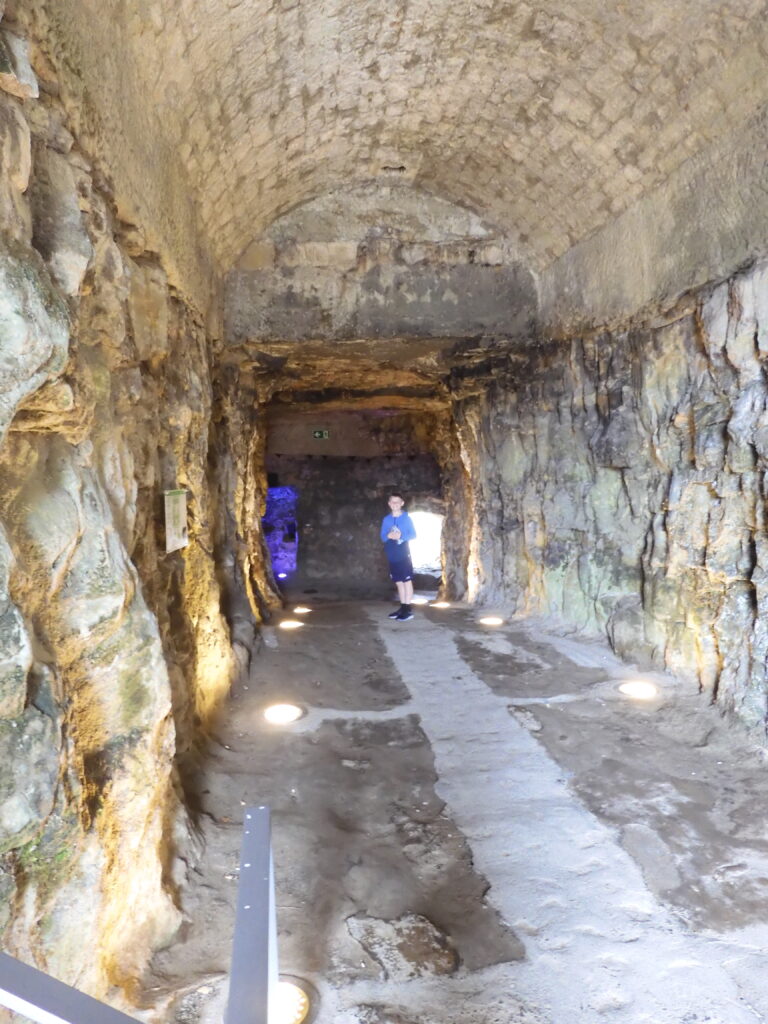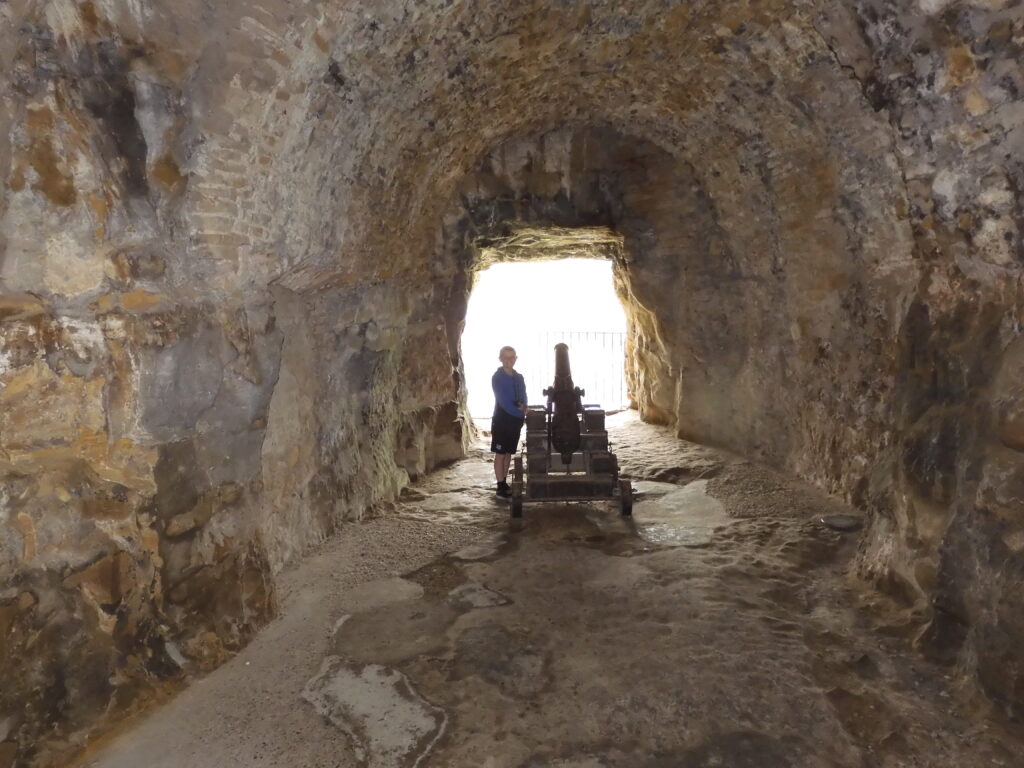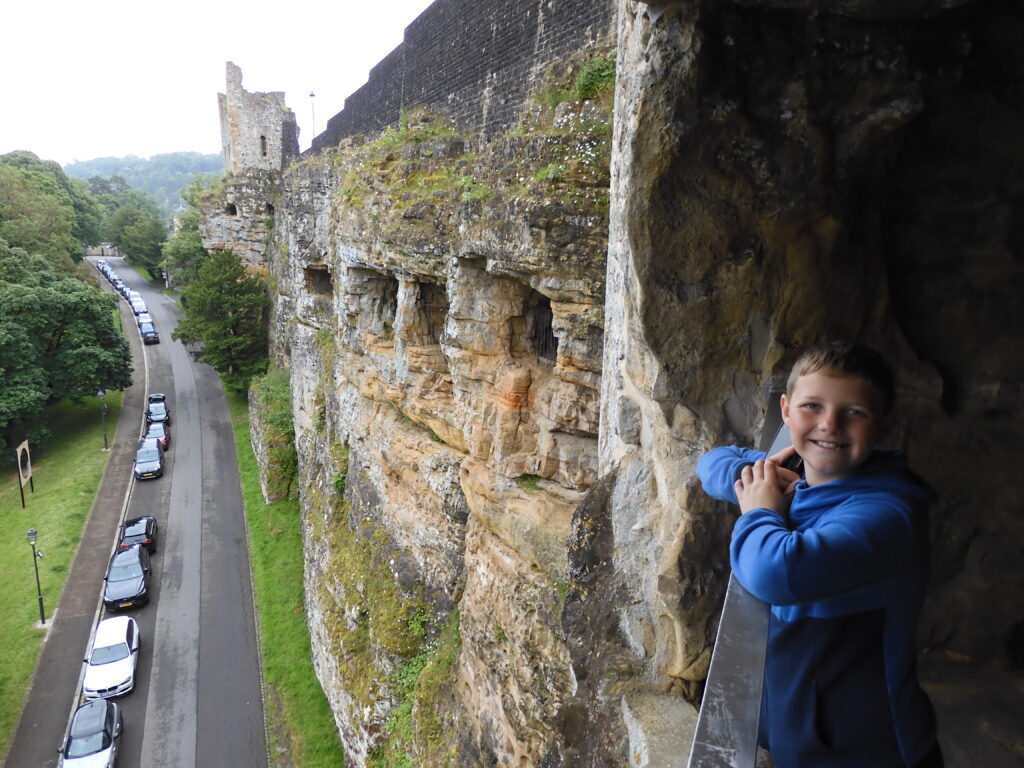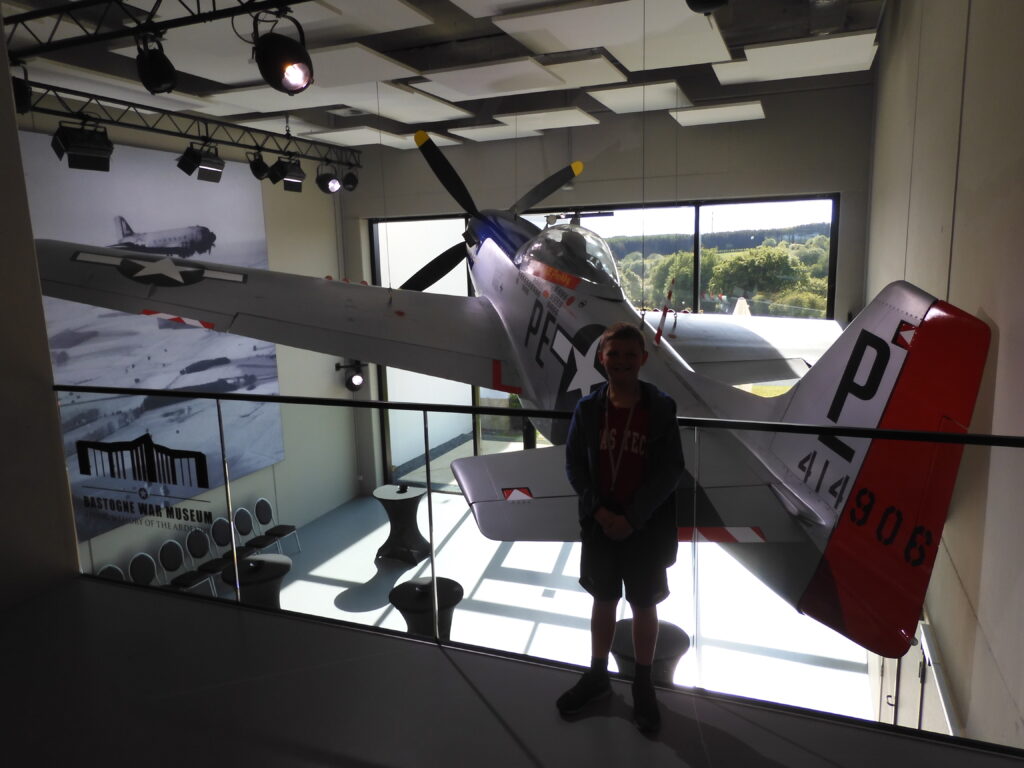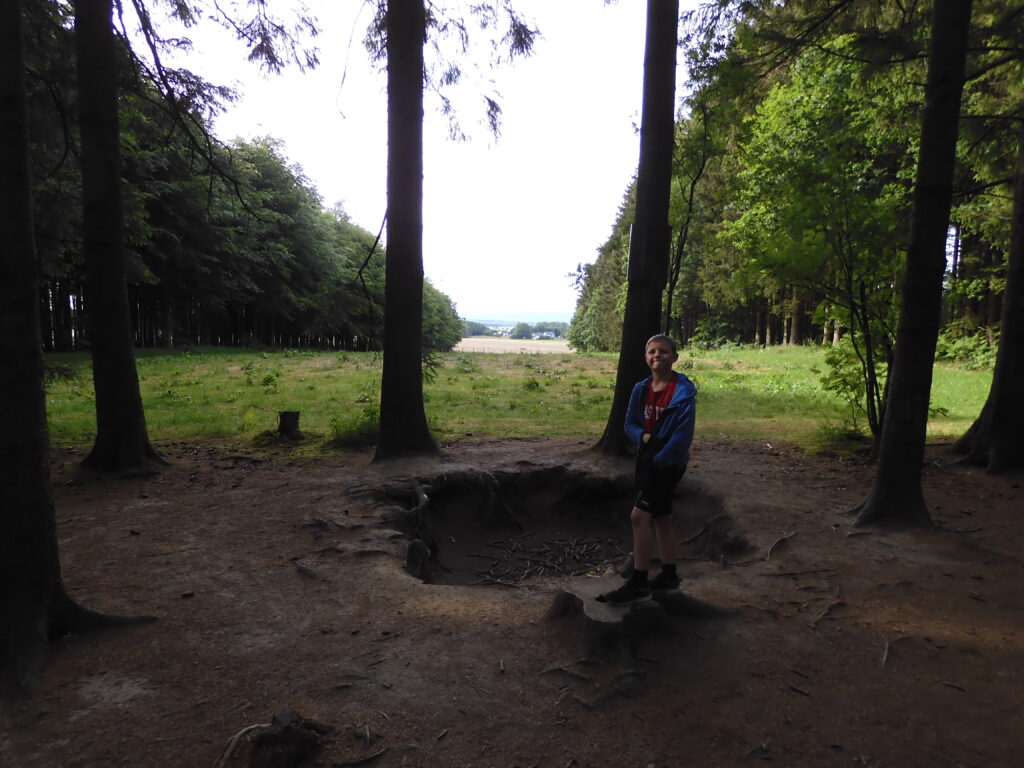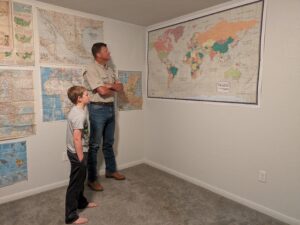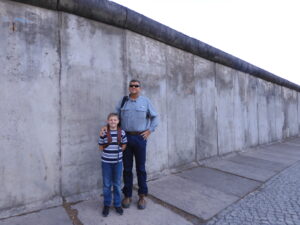Belgium & Luxembourg
Rural Beauty and Family History in the Ardenne
After Caleb and I dropped Stephanie and Kimberly at the airport in Amsterdam, we drove to LaRoche-en-Ardenne, Belgium. We went to a small Battle of the Bulge themed museum there. The owner – the son grandson of a Belgian veteran – had acquired a narrow three story commercial building and amassed an impressive collection of uniforms and weapons. It was very much a personal museum. That’s not to say it was devoid of items of general interest. Rather, you could see the personal touch that went into collecting and presenting the items, and hear the story of the family member who was the inspiration for its establishment.
The museum had an excellent collection of small vehicles, such as tracked cars, motorcycles, and things of that nature. The small arms collection was huge. Not all of those, or the uniforms fit in precisely with the theme of the museum, but it was an impressive collection all the same. Amazingly, they even had an enigma machine, and an explanation of its basic function and purpose.
I mentioned to the museum proprietor that my grandfather, too, had also served in this battle and in this area. He immediately brightened, and started firing of very specific questions. “Where did he go? What unit was he in?”
“I don’t know, exactly,” I responded a bit sheepishly.
He was clearly a bit irritated or disgusted by the fact that I did not have those answers.
“Grandpa Pres served in the motor pool for the 8th Air Force for most of the war. Just before the Battle of the Bulge, he was transferred to the infantry, and served the rest of the war in that role.” I said, trying to make up for my ignorance with what what knowledge I had.
“But what infantry unit did he serve in?” he continued.
I had no answer.
“So often, Americans come in here and say, ‘My relative fought here,’ but they never know anything about it!” he said with some contempt. It wasn’t caustic, but it was contempt.
I probably learned more specifics about Grandpa Pres’s service than any other family member had. He was always free with information about his training and the places he saw in the United States and Europe, but he never wanted to talk about his combat experience. He did offer a couple of anecdotes when I formally interviewed him once as part of a World War II oral history project. He mentioned that he was present at the liberation of a concentration camp. His combat experience, however, had been traumatic. His means of dealing with that memory was to not share it. In his old age, he savored participating in Veterans Day exercises. He could still wear his uniform in his 90s. He just didn’t want to talk about his infantry service, and I didn’t feel comfortable pressing him on it. I still felt a little bit ashamed not being able to answer the museum procurator’s questions. I do feel a little sad not to have that information, too. I can make my peace with him not wanting to talk about it, though.
(Continued)
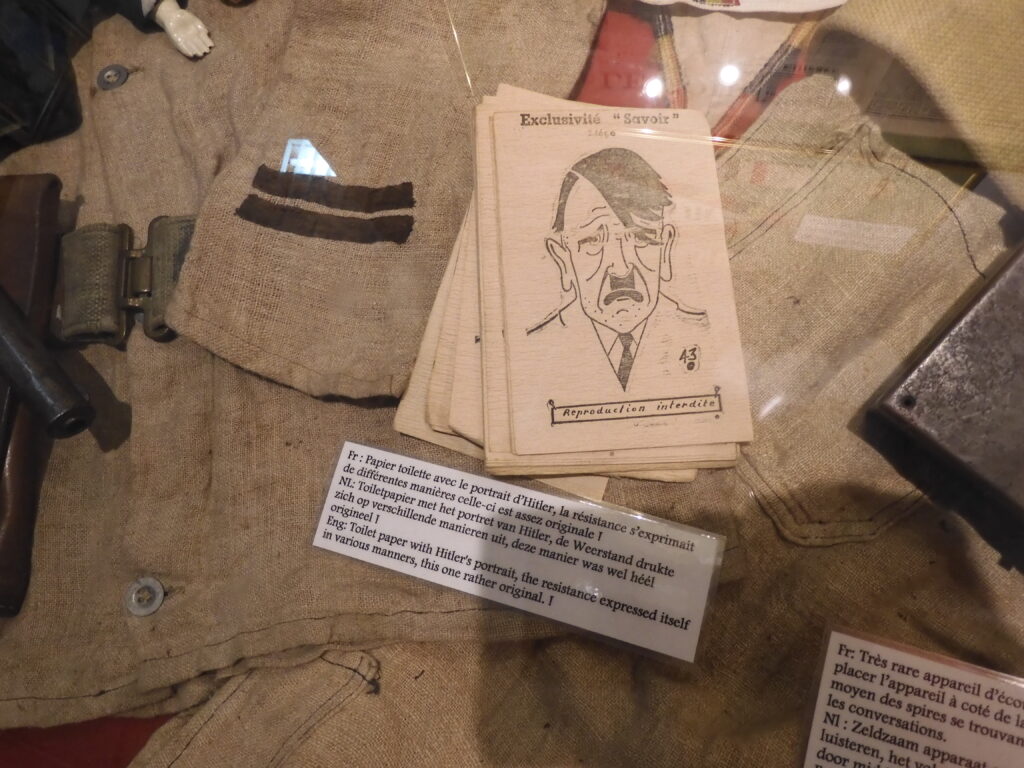
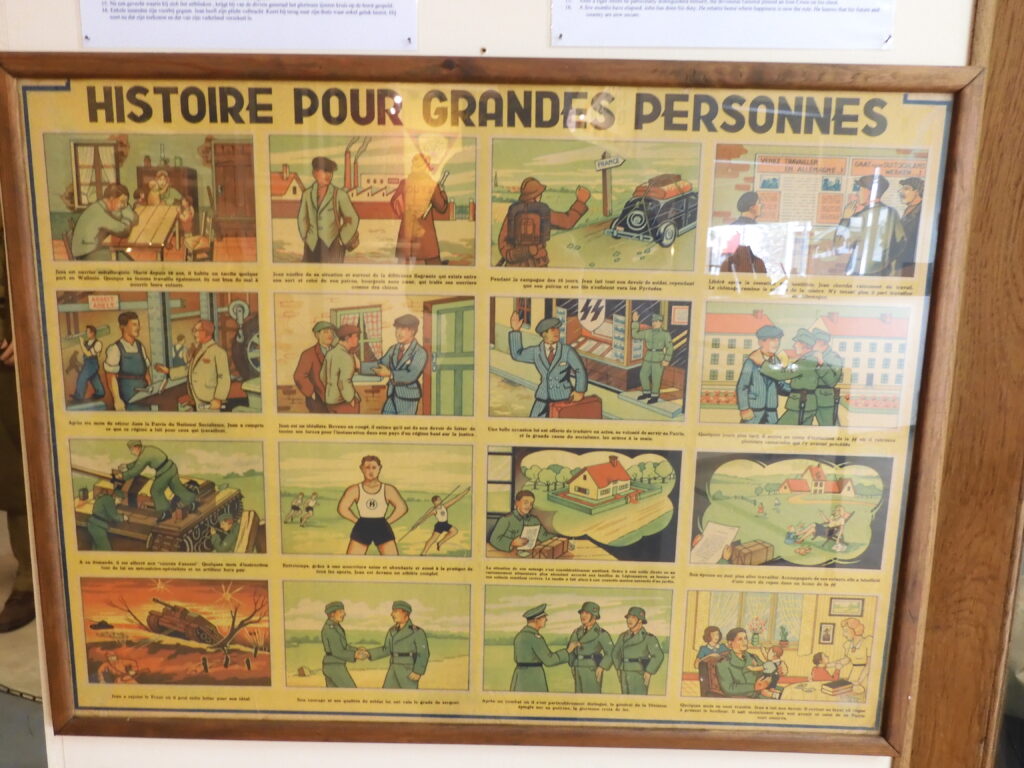
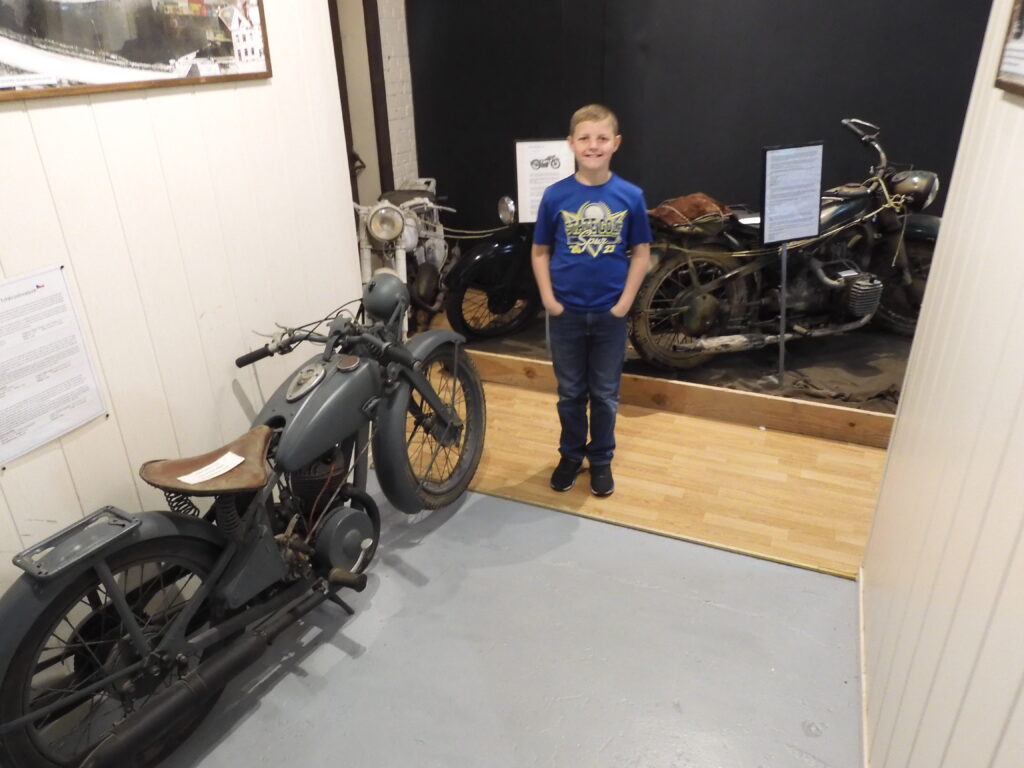
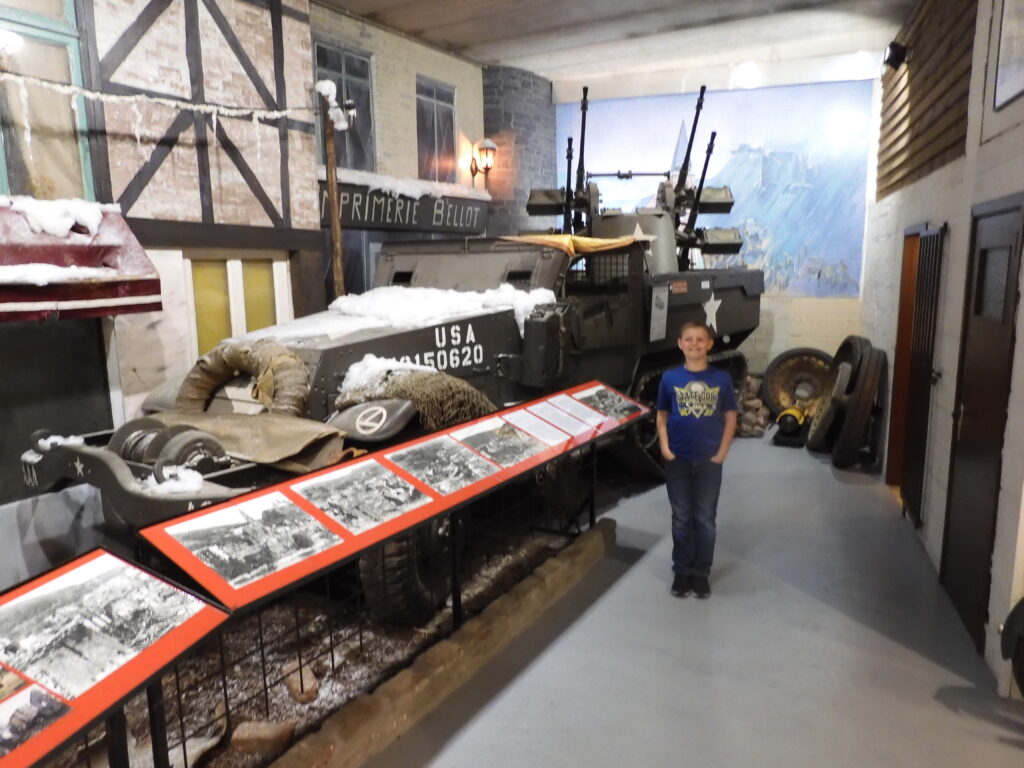
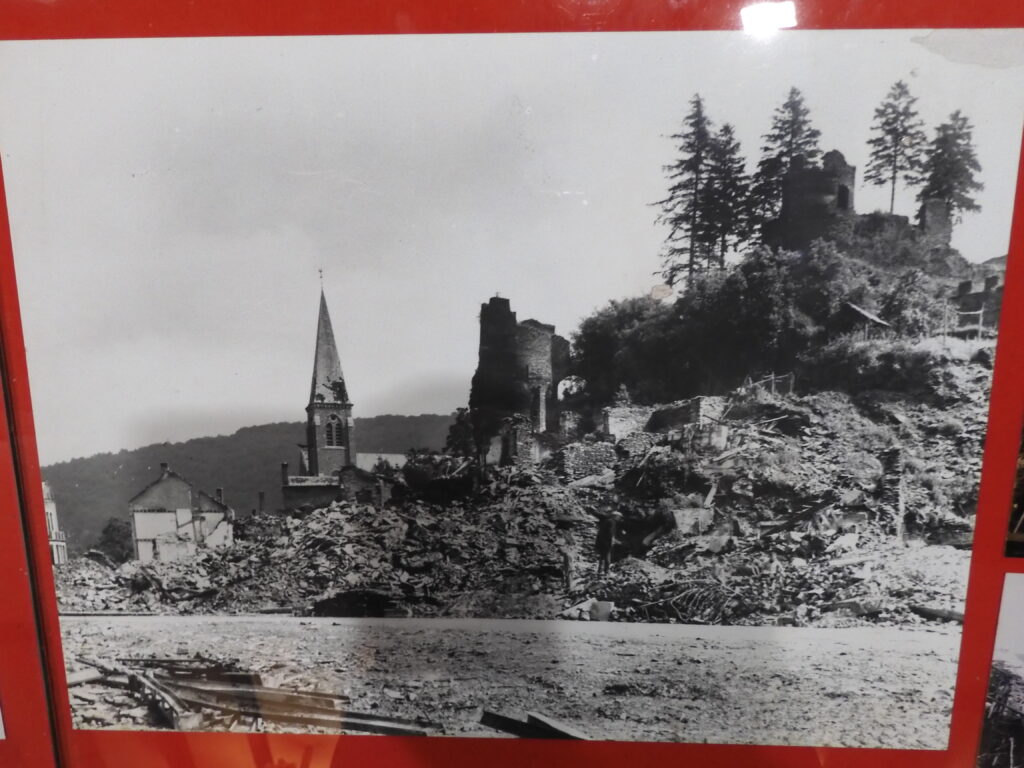

When the museum closed at 5:00, I was already hungry. We went to the grocery store and bought a few snack items for lunches with the idea that we’d usually eat breakfast in our room and eat out at dinner. We put our purchases away in our room at the Liege Motel, but still found no restaurants open for supper. We walked the town, and looked at a 10th or 11th century feudal castle. It was different than ones we had seen in Spain or Scotland. It was clearly a more regional affair. It was constructed of flat rocks, but used the terrain to soar commandingly over the town. Its beauty and prominence remained despite heavy bombing damage sustained during the Battle of the Bulge. After checking out this cool, rustic building, we still couldn’t find much open for supper. This was rural Belgium, but it was a tourist area. Why wasn’t anything open? Apparently, most of the numerous restaurants only opened on weekends. We eventually settled on a cafe that advertised serving local Ardenne specialties.
Belgium is roughly evenly split between Flemish speakers and French speakers. The eastern part of the country we were in was the French area. Our waiter spoke only French, so we were in translate and point ordering mode. Caleb got some chicken tenders and fries, with some very tasty sauce. I decided I would try Steack Blanc Bleu, cooked medium with a mushroom sauce. I had been warned that French steaks tend to be barely cooked. This one, too, had a very red center. It was a little on the tough side, and needed the mushroom sauce for flavor. The sauce was good, though, and I enjoyed the steak with it. Next time, I might order it medium well, though, as much as I don’t like that idea.
We slept well in our room, which oddly had a private shower and sink, but a shared toilet. Our room came with breakfast, and the best pain chocolat I had tasted yet. We made our way southeast another hour and a half to Luxembourg. The fuel prices are substantially lower in Belgium than the Netherlands, and lower yet in Luxembourg. All of the gas is expensive compared to gas in Texas, but the fuel in the Netherlands is almost 50% more than in Luxembourg – in some places over $10/gallon.
In Luxembourg, we went to the Bock Casemates. In the year 963, Count Siegfried I built the first castle at Luxembourg on a rock outcropping overlooking town. Over time, the Spanish, French, Austrians, and Prussians had added onto it, carved out tunnels, created cannon firing positions, and that sort of thing. Ultimately, there was a place below the castle where thousands of troops and lots of supplies could be stored and protected in times of trouble. The result is a series of tunnels with lookout points which can be used to peruse the old city of Luxembourg. The city hosts numerous 17th century buildings and a stunning river canyon. They have even weaved a legendary story of Siegfried’s romantic interest with a mermaid into the stronghold’s lore. There is not a tour, really, or even an audio guide. Entry was only €12 for the both of us, but that just gets you in and provides you with a difficult to follow pamphlet offering explanations at a dozen or so points. Part of the fun was getting lost in the maze of tunnels trying to find the points explained in the pamphlet. All in all, it was a great stop just for its aesthetic aspects.
(Continued)
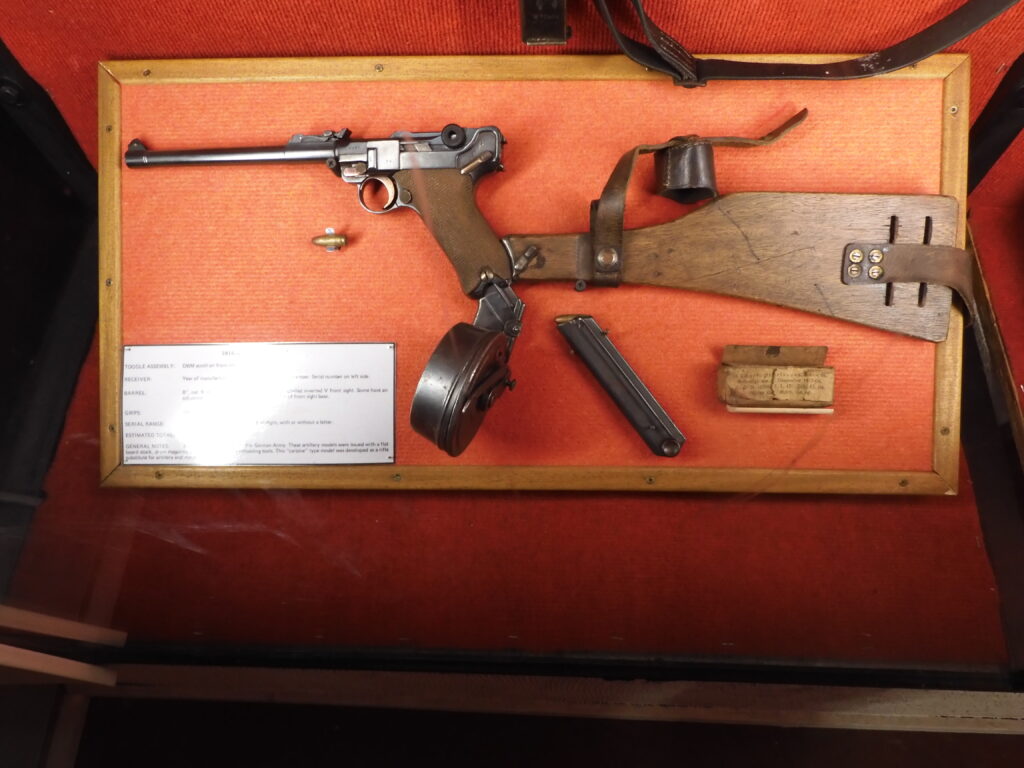
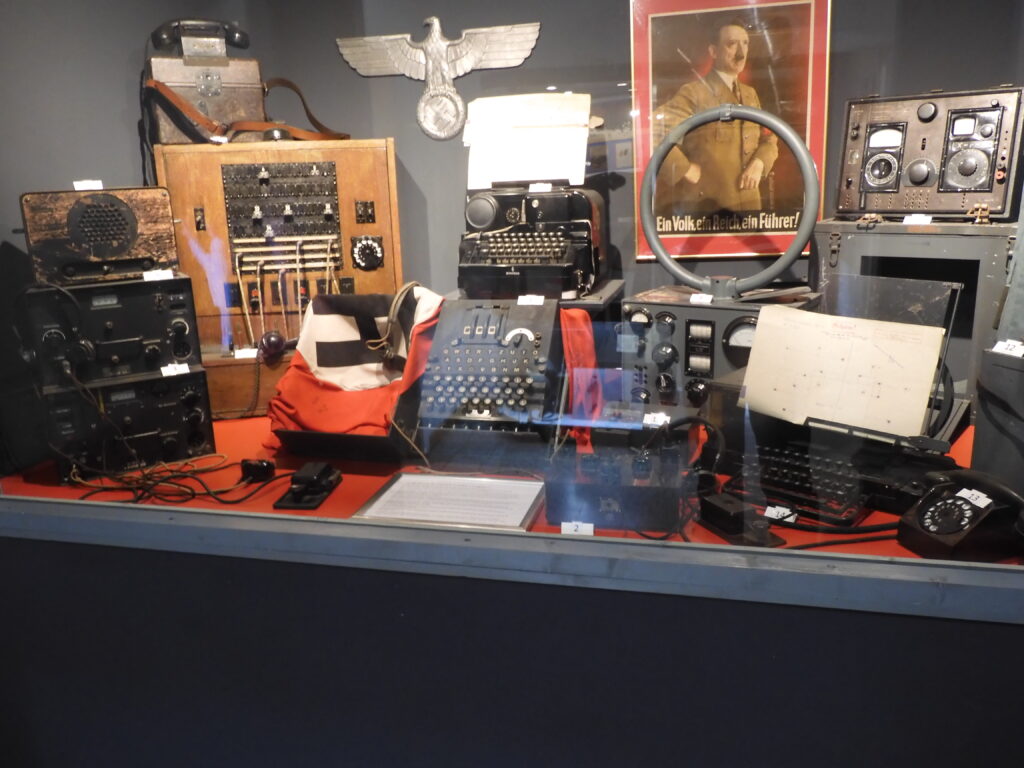

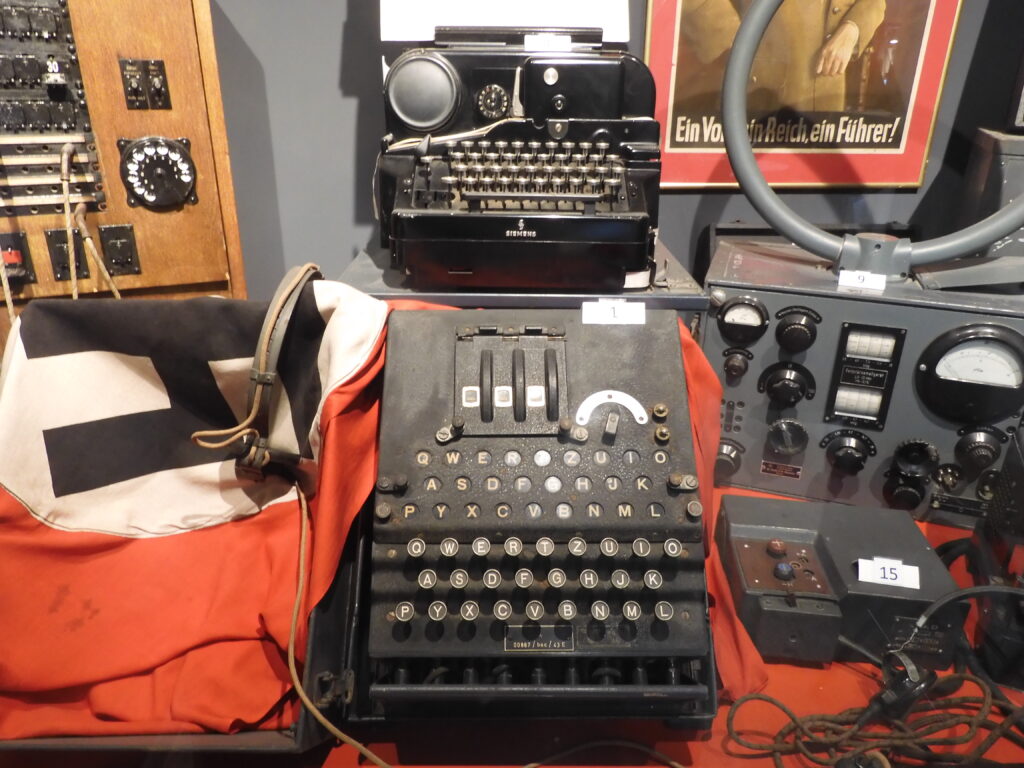
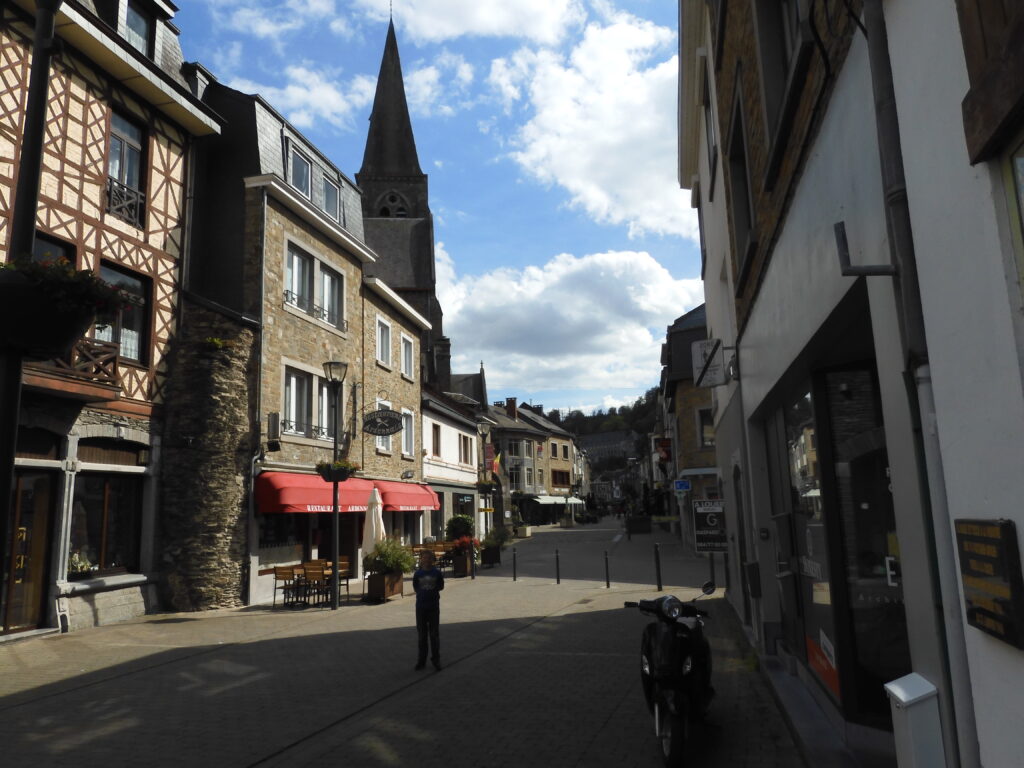
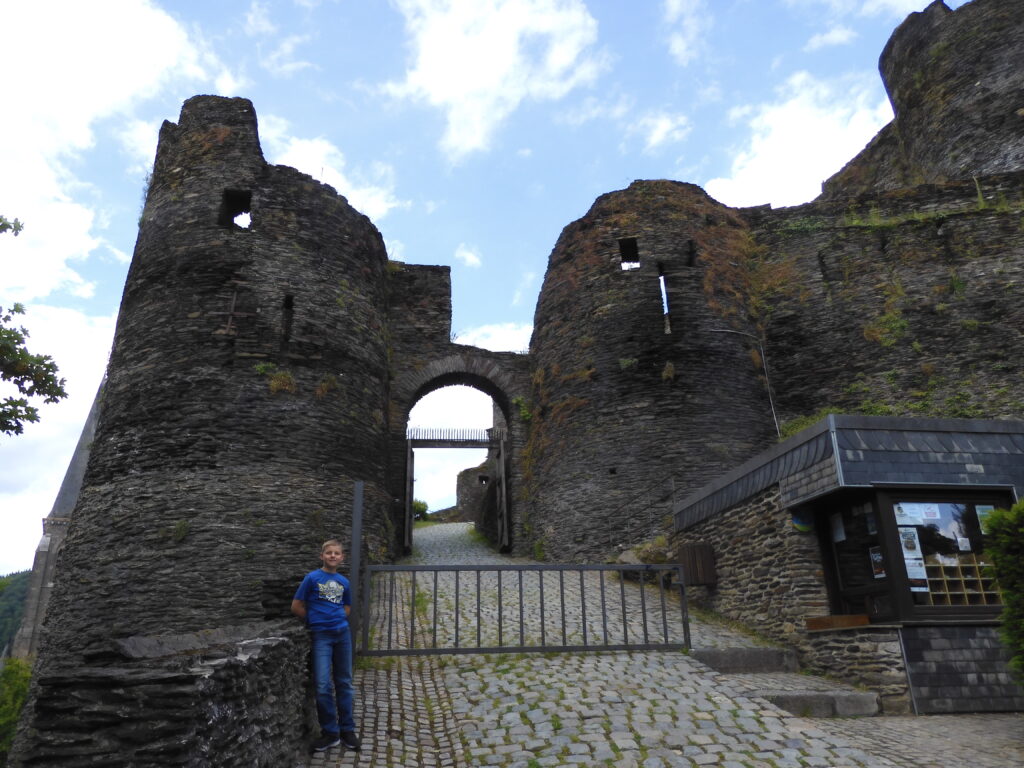
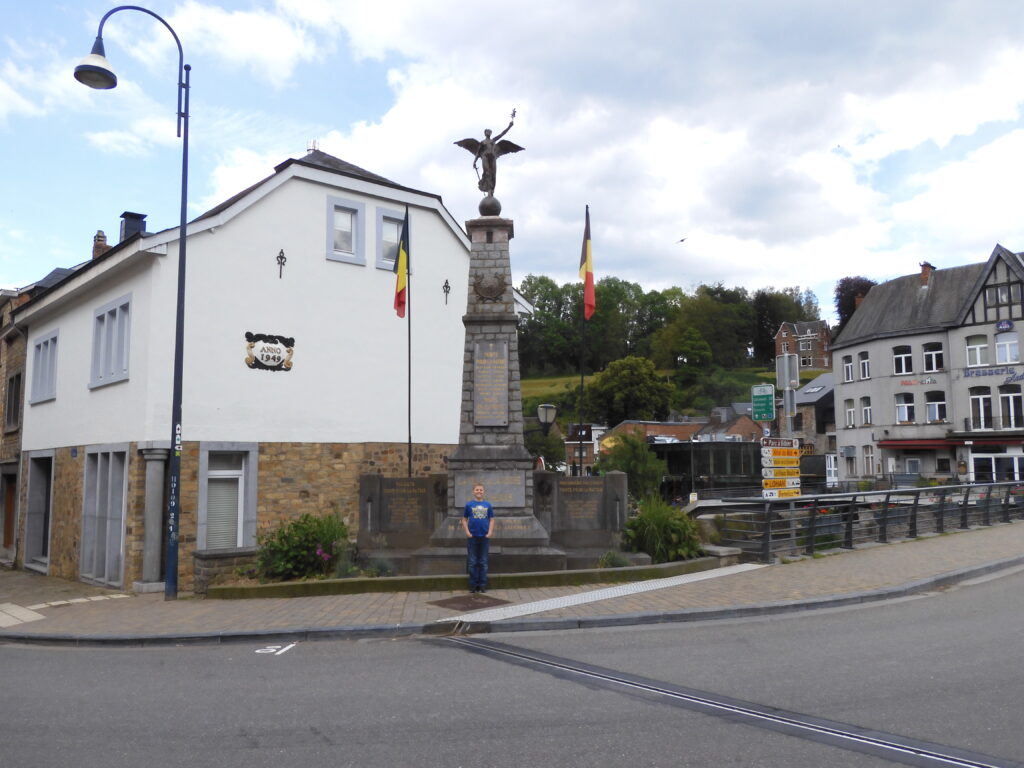
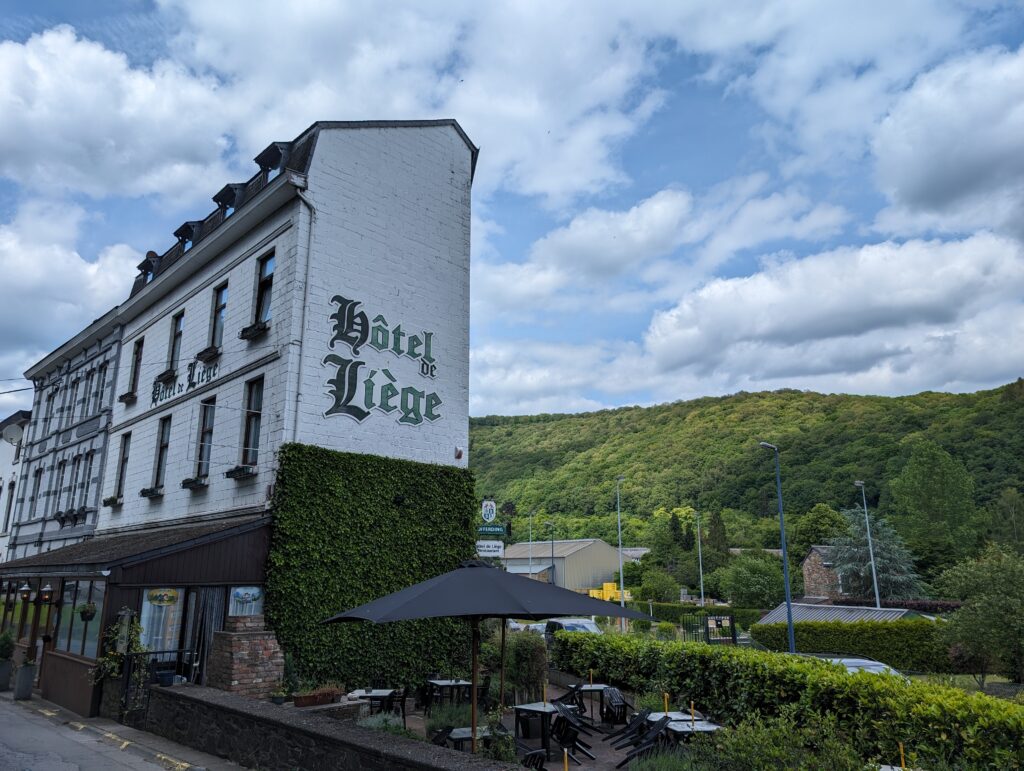
We walked the city a bit. Caleb had heard there was an even more impressive war museum in Bastogne. He really wanted to go, but it was expensive. I decided I would forego dinner out to offset taking Caleb to the museum. This worked out fine. By the time the museum closed, we needed to head back toward Amsterdam anyway, or all the places to stay would be closed by the time we got there. We would just eat groceries in the car.
The Bastogne War Museum, like the one in LaRoche, focused on the Battle of the Bulge. This area is known for the participation of “Easy Company” of the 101st Airborne, whose participation was made famous by Stephen Ambrose’s book, “Band of Brothers.” We even walked the field on the site where they held out against a German envelopment of the Bastogne area during the Germans’ last ditch advance in December, 1944. Most people probably don’t know that there were more American casualties (about 81,000) during the Battle of the Bulge than there were in the capture of Normandy. By late 1944, the Germans were facing collapsing fronts on all sides. Hitler ordered an attack designed to create a breakthrough in order to isolate and capture some of the allied forces on the Western Front by driving to Antwerp, Belgium through the Ardenne. German forces were temporarily successful in pushing a hole through the allied lines. There remained, however, an isolated bubble of allied control around Bastogne. This area was held until it was relieved sometime later.
Allied air power devastated Bastogne and the surrounding towns, including LaRoche, destroying many of their older buildings and causing civilian casualties. Both of the museums we visited dedicated significant space to the Belgian resistance and the devastation suffered by civilians, particularly after the area had already once been liberated in the fall of 1944, and recaptured by the Germans in December.
The Bastogne War museum was more modern, and far more polished than the little one in LaRoche. I would guess that LaRoche has more actual artifacts. I am glad we went to both, though. The Bastogne museum gave a clear synopsis of the events leading to and following from the second world war, and the Battle of the Bulge more specifically. It covered a chronological span of 1914-1989, ending with the fall of communism and trumpeting the European Union as an instrument for keeping peace in Europe among member nations. Caleb could really engage with the multimedia presentations and the speaking military and civilian characters who represented different perspectives on the events around Bastonge. He liked seeing the artifacts in LaRoche, but this Bastogne museum really targeted people like him and he seemed to eat it up. We stayed until they closed and then went to walk the Easy Company site as we listened to Band of Brothers.
We munched on our groceries as I drove us to a hostel in Utrecht. This was our first hostel on the trip, and my first one in about 25 years. It was an interesting experience. We were yelled at in some foreign language by a drunk guy who listened to music videos above me for about four hours after the posted quiet time. It was a beautiful facility with very nice staff, but I am going to have to really weigh my hosteling experience. I am not giving up on it yet. I will try a couple more while we are still in a more expensive part of the world. We stay at one for two nights in Berlin, but we’re back to an AirBnB when we go to Prague. The jury is out…
